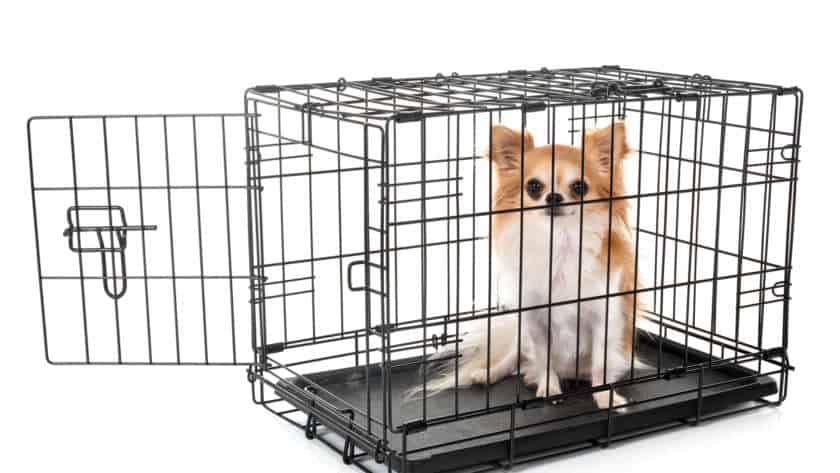The Unique Challenges of House Training an Adult Dog Training an adult dog can be tricky, due to factors like age, prior training, and temperament. Here are some of the usual issues:
Breaking bad habits. Perhaps they have been poorly trained before.
Health issues. Urinary incontinence can make it…










